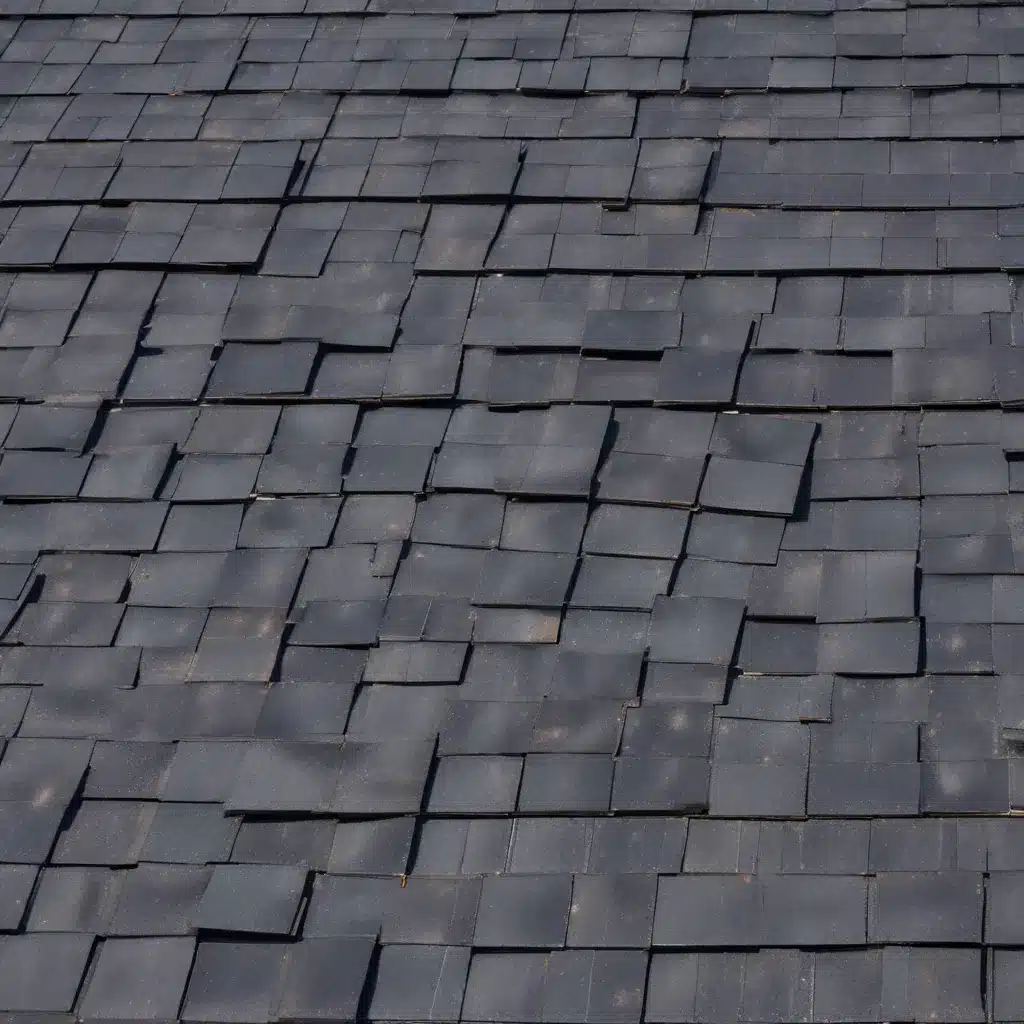
As an experienced roofing contractor with over 15 years in the industry, I’ve seen firsthand the importance of optimizing roof design to facilitate seamless solar panel integration. In this article, I’ll share my insights and best practices to help homeowners, builders, and roofing professionals navigate this crucial aspect of sustainable building design.
Embracing the Solar Revolution
The solar energy revolution is in full swing, and for good reason. With rising energy costs and growing environmental concerns, homeowners and businesses are increasingly turning to solar power as a clean, renewable solution. However, integrating solar panels into a roof’s design can be a complex and often overlooked process. By understanding the unique challenges and opportunities that come with solar panel installation, we can create roofs that not only look aesthetically pleasing but also maximize the efficiency and long-term performance of the solar system.
Assessing Roof Orientation and Pitch
One of the most critical factors in optimizing solar panel integration is the orientation and pitch of the roof. The optimal orientation for solar panels is typically south-facing, as this maximizes the exposure to direct sunlight throughout the day. However, not all roofs are perfectly oriented, and this is where roofing professionals can play a crucial role in finding the best solution.
By carefully analyzing the roof’s orientation and pitch, we can strategically position the solar panels to capture the maximum amount of sunlight, even on non-south-facing roofs. This may involve adjusting the tilt of the panels or incorporating additional support structures to ensure optimal alignment. It’s a delicate balance, as the roof’s structural integrity must be maintained while ensuring the solar system functions at its peak efficiency.
Addressing Roof Obstructions and Shading
Another key consideration in solar panel integration is the presence of roof obstructions and shading. Chimneys, dormers, and even nearby trees can cast shadows on the solar panels, reducing their energy output. As roofing contractors, we must work closely with solar installers to identify and mitigate these issues during the design phase.
One effective strategy is to strategically position the solar panels to avoid shading from these obstructions. This may involve rearranging the panel layout or even considering alternative roofing materials that can minimize the impact of shading. By taking a proactive approach, we can optimize the solar system’s performance and ensure the best possible return on investment for our clients.
Integrating Solar-Friendly Roof Designs
As the demand for solar energy continues to grow, we’re seeing a shift in roof design towards more solar-friendly features. This includes incorporating features like standing seam metal roofs, which offer a sleek, low-profile surface that seamlessly integrates with solar panels. Additionally, some roofing manufacturers are now producing shingles or tiles with built-in photovoltaic cells, further streamlining the integration process.
By staying up-to-date with the latest roofing materials and design trends, we can work closely with solar installers to create roofs that are optimized for solar panel integration from the ground up. This not only enhances the overall aesthetic but also ensures the solar system operates at maximum efficiency, delivering long-term energy savings and environmental benefits for our clients.
Ensuring Proper Installation and Maintenance
Of course, optimizing the roof design is only half the battle. Proper installation and ongoing maintenance of the solar system are equally critical to its success. As roofing contractors, we play a vital role in ensuring the solar panels are securely and safely integrated into the roof, and that the roof itself is prepared to withstand the additional weight and environmental stresses.
Regular roof inspections, maintenance, and repairs are also essential to maintaining the solar system’s performance over time. By working closely with our solar installation partners, we can develop comprehensive maintenance protocols that address both the roofing and solar components, ensuring the system continues to operate at peak efficiency for years to come.
Navigating the Evolving Regulatory Landscape
The world of roofing and solar energy is constantly evolving, and it’s crucial for us as contractors to stay informed about the latest regulations, building codes, and industry standards. From local zoning requirements to national energy efficiency guidelines, we must navigate this complex landscape to ensure our clients’ projects not only meet but exceed all relevant standards.
By staying up-to-date with the latest developments and collaborating with local authorities, we can help our clients make informed decisions about their roofing and solar energy investments. This not only protects them from potential legal or financial pitfalls but also positions them as leaders in sustainable building practices.
Embracing the Future of Roofing and Solar Integration
As we look to the future, the integration of roofing and solar energy systems will only continue to grow in importance. By embracing this evolution and positioning ourselves as experts in the field, we can not only provide our clients with cutting-edge solutions but also play a vital role in shaping the sustainable building landscape of tomorrow.
Through ongoing education, collaboration with industry partners, and a commitment to innovation, we can unlock the full potential of solar energy while ensuring our roofing systems are designed to support and enhance these renewable technologies. The future is bright, and I’m excited to be a part of this dynamic and ever-evolving industry.
If you’re a homeowner or builder looking to optimize your roof design for solar panel integration, I encourage you to visit https://roofersmidland.com/ to learn more about our services and expertise. Together, we can create roofs that not only look stunning but also contribute to a more sustainable and energy-efficient future.

